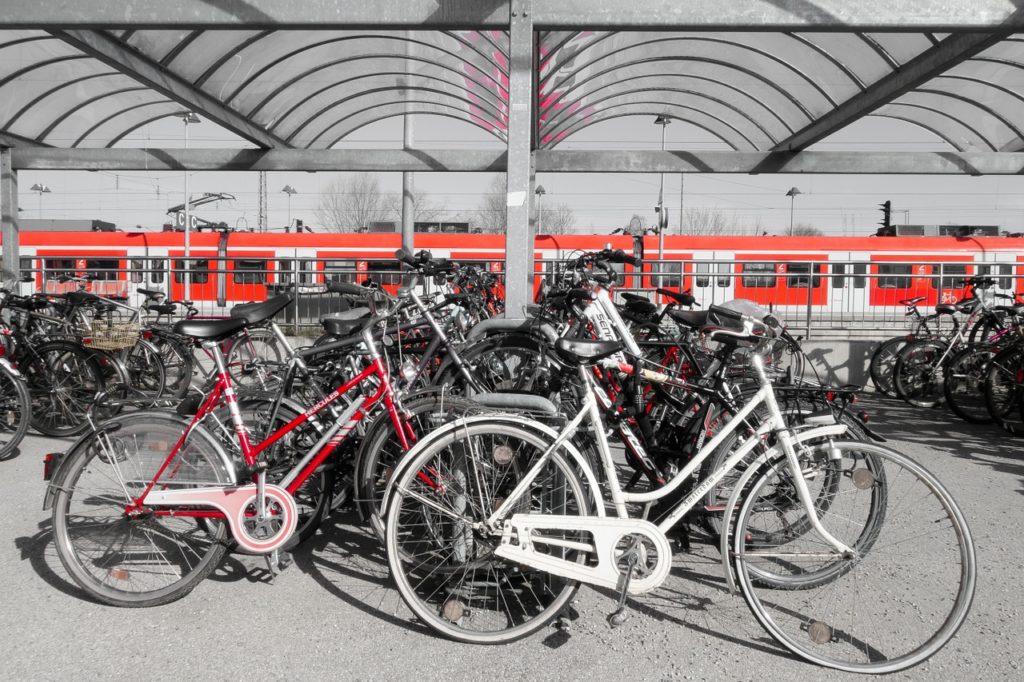 The creation of a kind of station intermodal, which integrates rail and road transport, but also cars and bicycles, near Patacão, is one of the main proposals of the Mobility and Transport Plan of Faro, presented on Wednesday, June 28th.
The creation of a kind of station intermodal, which integrates rail and road transport, but also cars and bicycles, near Patacão, is one of the main proposals of the Mobility and Transport Plan of Faro, presented on Wednesday, June 28th.
The Plan also foresees an old dream of the Farenses: the transposition of the railway line that now separates the city from the estuary to the North of the urban area. The current line would be used for a lighter means of transport, such as the light rail, thus making it possible to make the so-called connection to the Airport and to the University of Algarve's Gambelas campus.
In the intermodal zone, located to the north of the EN125, a kind of terminal station that brings together all means of transport, public and individual, the objective is to have connections to Faro by other means of transport.
Those who drive can, for example, leave their car in that area and take a bus to Faro or even use one of the bikes from the point of bike sharing foreseen. This confluence point also wants to connect the region with each other and with the rest of the country.
But the ideas of this Mobility Plan do not stop there. Another one, also an old aspiration, is the construction of a pedestrian bridge (for pedestrians and bicycles) between Montenegro and Ribeirinho de Faro. Also because one of the basic ideas of this document is to reduce the barrier between the city and the Ria Formosa.
With this bridge, the distance between the two locations would be shortened, favoring two types of gentle mobility – walking or cycling. If its construction progresses, this will be “a light and wooden infrastructure”, as explained by Bruno Borges, environmental engineer.
Although the proposals are pleasing to many, the truth is that none of them is binding, as the plan is just the definition of a strategy. By the way, Rogério Bacalhau, president of the Chamber of Faro, explained this, saying that «this is a strategic document that allows us to have a global vision of what mobility in the municipality is».
The Mobility and Transport Plan, he added, “is a three-year work, carried out in parallel with the revision of the Municipal Master Plan [PDM]. The document gives us a deeper understanding of what mobility is today and with this we can project what the future may be».
Returning to the proposals: at the level of the pedestrian network, there are priority axes of intervention in Faro, such as the Airport, Vila Adentro, Forum Algarve, the Bus Terminal or Parque Ribeirinho.
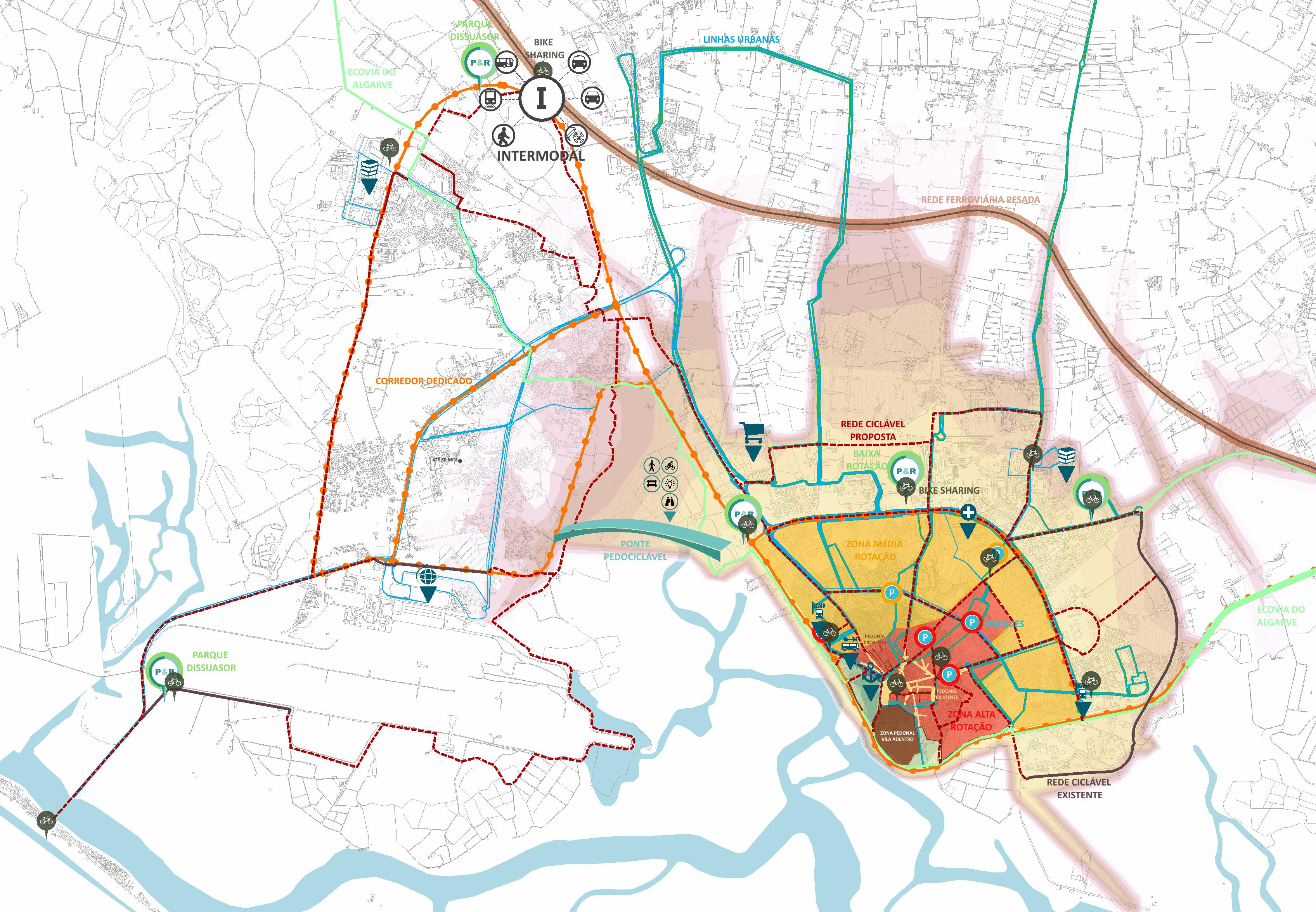 As for the road network, the most urgent points are through the construction of the variant to the EN2 or from a southern ring road in Montenegro.
As for the road network, the most urgent points are through the construction of the variant to the EN2 or from a southern ring road in Montenegro.
And there's more: the Mobility and Transport Plan of Faro, among the 60 proposals it presents, divided into seven themes, it also plans to build 40 kilometers of cycle paths, 13 points of bike sharing and car parks, in the main accesses of the city, to combat the use of the car within Faro. That is, whoever arrives in the city by car (and not only), would leave their vehicle parked and then opt for either light mobility (bike) or public transport.
Therefore, in these parks, there will be bus circuits, with urban and intercity lines for people to travel.
As for the beach of Faro, the idea is to create a more sustainable trip to the site.
Other proposals include the creation of more pedestrian areas or the implementation of zones with a maximum speed of 30 km/hour,
In addition to the most palpable issues – such as the works – there will also be an awareness and road education campaign.
Paula Teles, coordinator of the Mobility and Transport Plan, said, in this session, that it is with “proud that one reaches such a stage”. Even because Faro it was one of the places where there were more proposals for this document: around a thousand, either in meetings or through public participation. Of the thousand people who participated, close to 650 did so by answering a survey promoted by the municipality.
The Plan is still open for discussion, where public and private entities, sector agents and civil society itself can participate.. In fact, as revealed at the session, citizens can contribute to the third phase of this project, the final version of the Mobility and Transport Plan, which should be completed by the end of the year.
As for the works needed to implement the ideas presented, for now, it is not clear when they will be able to move forward, because the possible sources of financing have not yet been defined.
To learn more about this Mobility and Transport Plan click here
Photos: Pedro Lemos | Sul Informação
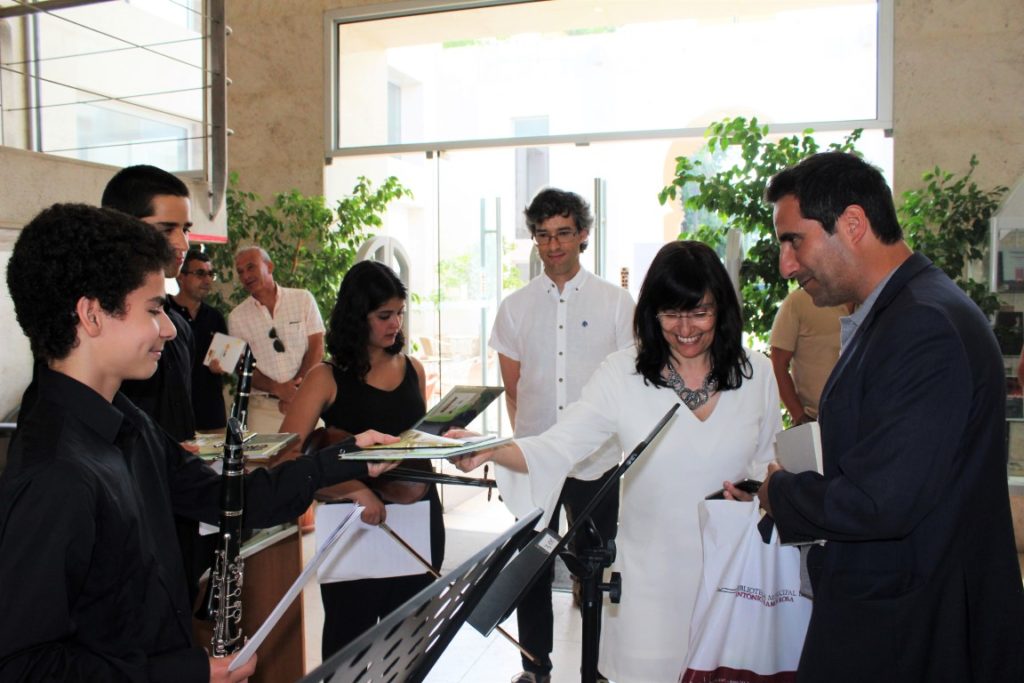
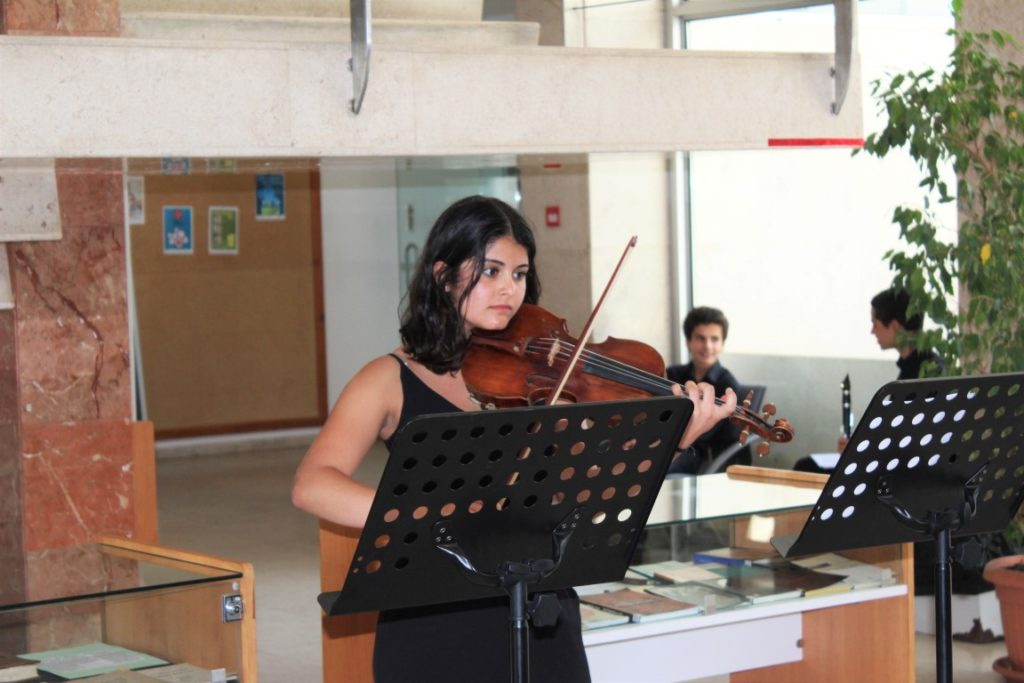
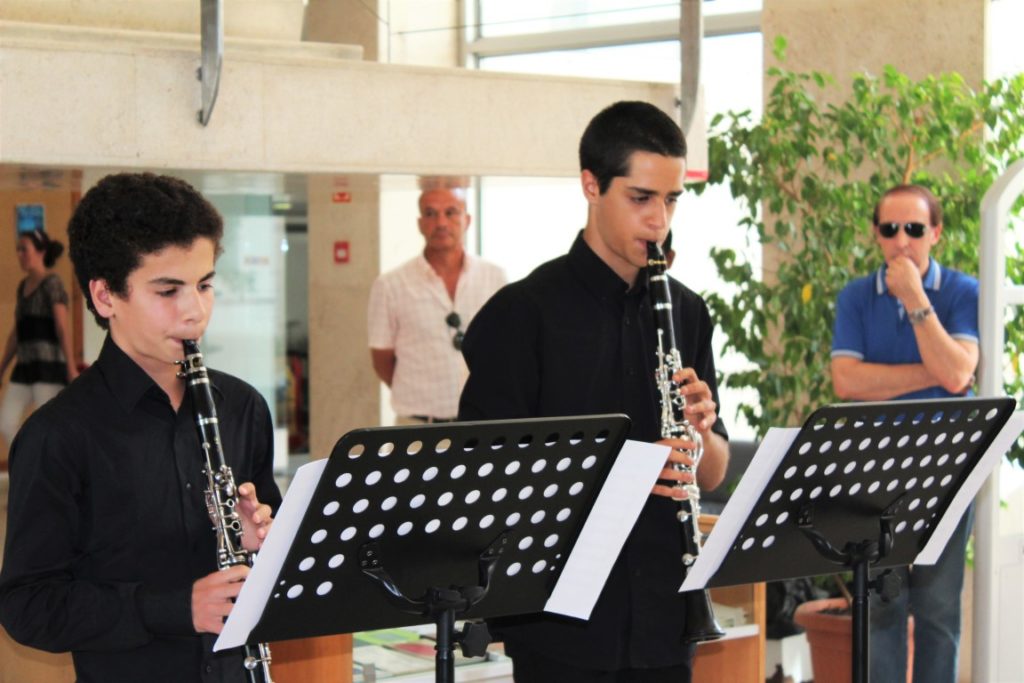


















Comments